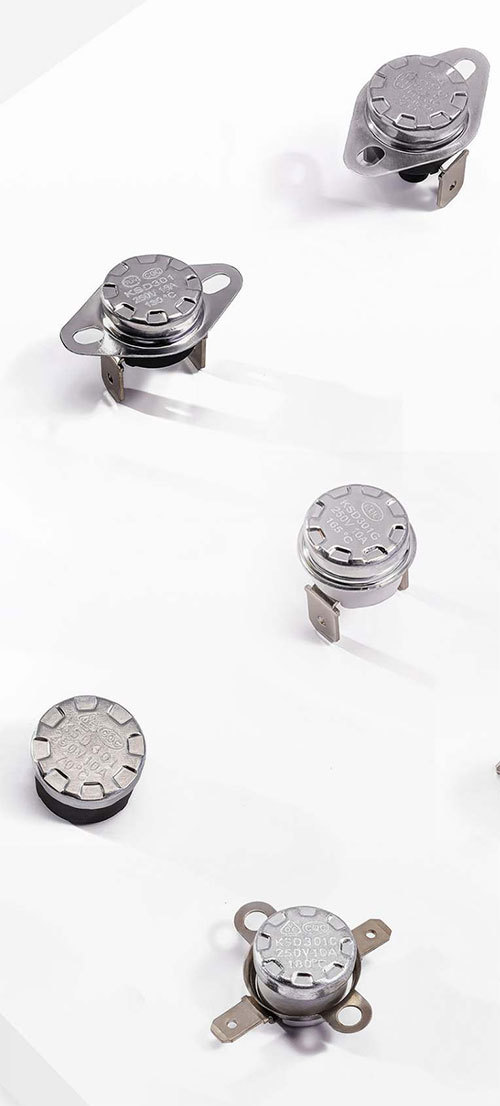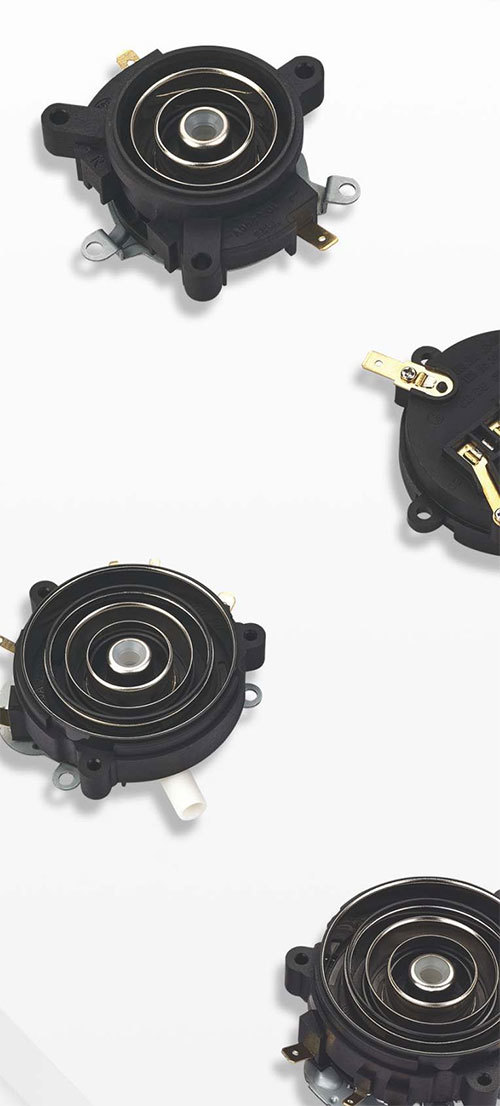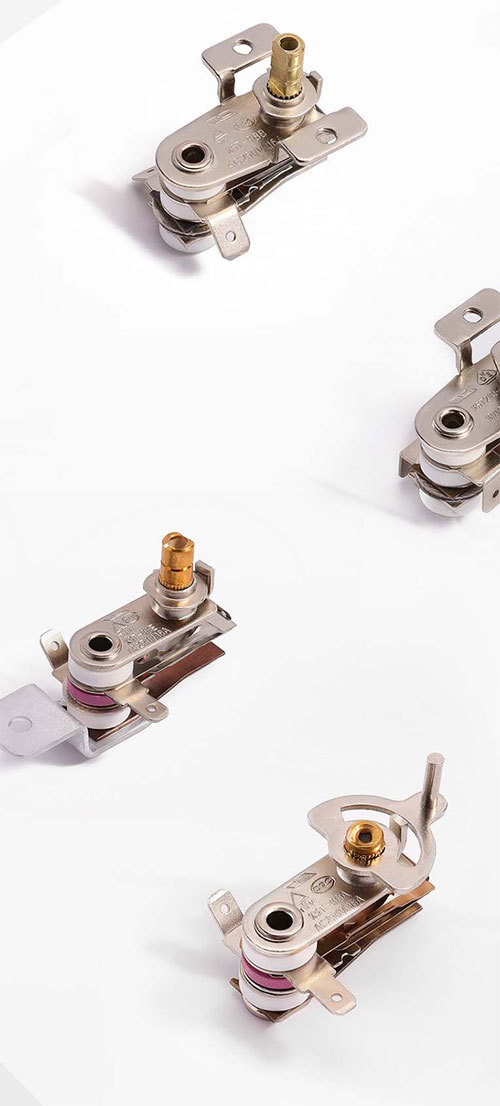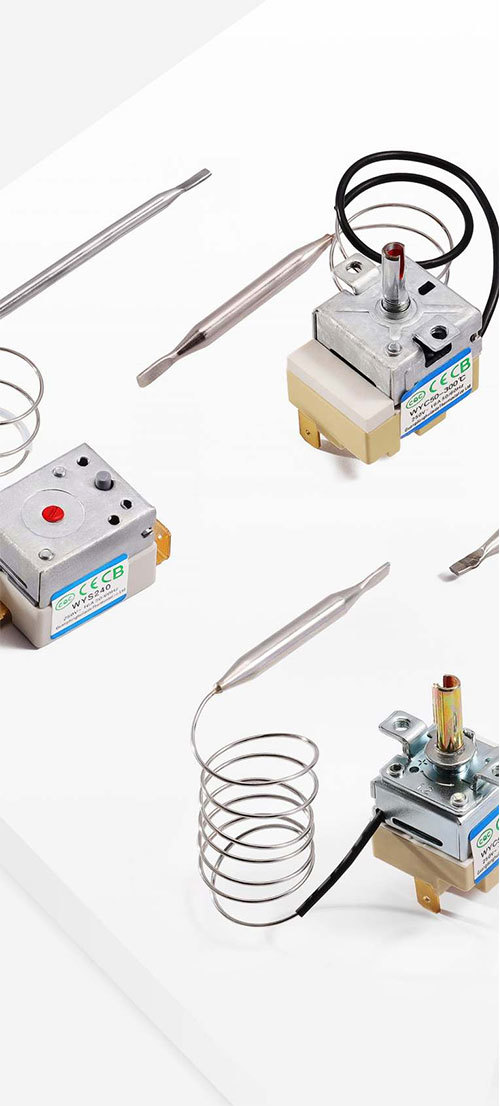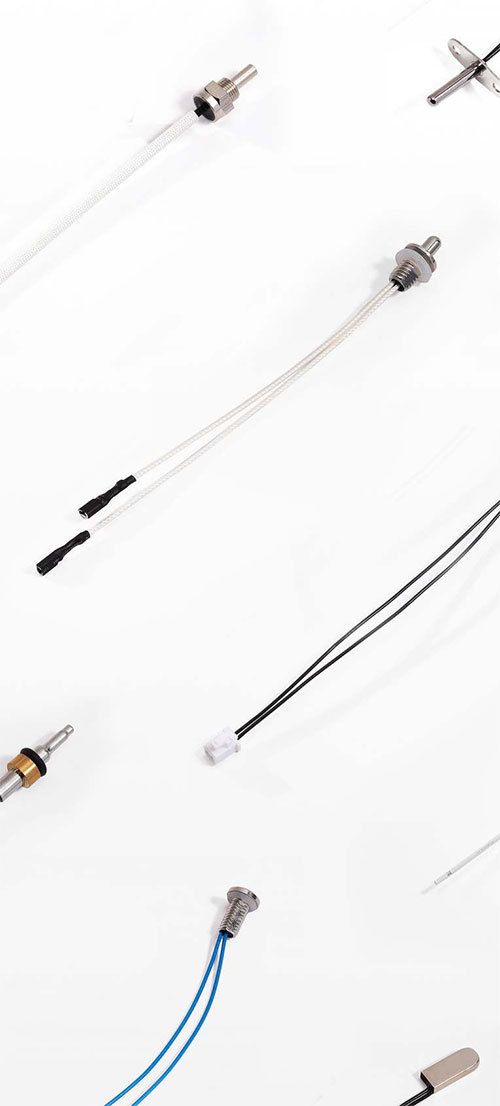Understanding the Impact of Coolant Temperature Sensors on Vehicle Efficiency
Classification: knowledge
Time:2025-07-16
Understanding the Impact of Coolant Temperature Sensors on Vehicle Efficiency
Table of Contents
- What is a Coolant Temperature Sensor?
- How Does a Coolant Temperature Sensor Work?
- The Importance of Coolant Temperature Sensors in Vehicles
- Effects of Coolant Temperature Sensors on Vehicle Efficiency
- Signs of a Failing Coolant Temperature Sensor
- Maintaining Your Coolant Temperature Sensor for Optimal Performance
- Upgrading Your Vehicle’s Coolant Temperature Sensor
- Conclusion
- FAQs
What is a Coolant Temperature Sensor?
A **coolant temperature sensor (CTS)** is a vital component of modern vehicles that monitors the temperature of the engine coolant. This small yet powerful sensor provides critical data to the engine control unit (ECU) to manage various systems, ensuring optimal performance and efficiency. By gauging the temperature of the coolant, the CTS helps maintain engine health and prevents overheating, which can lead to severe engine damage.
How Does a Coolant Temperature Sensor Work?
The operation of a coolant temperature sensor is relatively straightforward. It is typically located near the engine block or within the engine coolant passage. The sensor consists of a thermistor, which changes its resistance based on temperature fluctuations. As the engine heats up, the coolant temperature increases, causing the resistance to drop. This change in resistance is transmitted to the ECU as an electrical signal.
The ECU processes this information and adjusts various engine parameters, such as fuel injection timing and the air-fuel mixture, accordingly. This process ensures that the engine operates at the optimal temperature, improving efficiency and reducing emissions.
The Importance of Coolant Temperature Sensors in Vehicles
Coolant temperature sensors are crucial for several reasons. They not only help in maintaining the engine's temperature but also play a significant role in enhancing overall vehicle performance.
1. Engine Performance Optimization
By providing the ECU with real-time temperature readings, the coolant temperature sensor ensures that the engine runs at its most efficient level. This optimization translates into improved horsepower and torque, as well as smoother acceleration.
2. Improved Fuel Efficiency
When the coolant temperature is accurately monitored, the ECU can adjust fuel injection and air intake accordingly. This leads to better fuel efficiency, as the engine consumes only what it needs to perform optimally.
3. Emission Control
A well-functioning coolant temperature sensor helps minimize harmful emissions. By keeping the engine at the correct temperature, it reduces the chances of incomplete combustion, which can release excess pollutants into the atmosphere.
4. Prevention of Engine Overheating
Overheating can cause catastrophic engine damage. The coolant temperature sensor alerts the ECU if the coolant temperature exceeds safe limits, prompting immediate action to prevent overheating.
Effects of Coolant Temperature Sensors on Vehicle Efficiency
The role of coolant temperature sensors extends beyond mere temperature monitoring; it has direct implications for vehicle efficiency.
1. Enhanced Fuel Economy
One of the most significant impacts of a properly functioning coolant temperature sensor is enhanced fuel economy. When the engine operates at its ideal temperature, fuel combustion becomes more efficient, reducing overall fuel consumption.
2. Thermal Efficiency
With accurate coolant temperature readings, the engine can achieve better thermal efficiency. This means that more of the fuel's energy is converted into mechanical energy, rather than being wasted as heat.
3. Reduced Engine Wear
Constantly operating at optimum temperatures reduces engine wear and tear. The coolant temperature sensor plays a crucial role in ensuring the engine remains within the ideal temperature range, prolonging its lifespan.
4. Optimal Performance Under Various Conditions
Whether in cold weather or during heavy traffic, the coolant temperature sensor allows the ECU to adjust engine parameters dynamically. This adaptability ensures that the vehicle performs optimally, regardless of external conditions.
Signs of a Failing Coolant Temperature Sensor
Recognizing the signs of a failing coolant temperature sensor can prevent costly repairs and ensure your vehicle remains efficient. Here are some common symptoms to watch for:
1. Inaccurate Temperature Readings
If the temperature gauge on the dashboard shows readings that fluctuate erratically, it may indicate a malfunctioning sensor.
2. Poor Fuel Economy
A sudden drop in fuel efficiency can be a result of incorrect temperature readings affecting the air-fuel mixture.
3. Engine Overheating
If the engine overheats frequently, it may be due to a faulty coolant temperature sensor failing to provide accurate data to the ECU.
4. Check Engine Light
A persistent check engine light may be triggered by an issue with the coolant temperature sensor. It's advisable to have the vehicle diagnosed to determine the root cause.
Maintaining Your Coolant Temperature Sensor for Optimal Performance
Regular maintenance can extend the life of your coolant temperature sensor and improve its accuracy. Here are essential maintenance tips:
1. Routine Inspections
Incorporate coolant temperature sensor checks into your regular vehicle inspections. Look for signs of wear or corrosion on electrical connections.
2. Keep Coolant Levels in Check
Ensure that your engine coolant is at the appropriate level and that it is in good condition. Contaminated or low coolant can affect sensor performance.
3. Professional Servicing
Consider having your coolant temperature sensor inspected and tested by a professional during routine service. They can identify potential issues before they escalate.
4. Replacing Old Sensors
If your coolant temperature sensor is old or has shown signs of failure, replacing it can restore optimal engine performance and efficiency.
Upgrading Your Vehicle’s Coolant Temperature Sensor
Upgrading to a high-quality coolant temperature sensor can provide numerous benefits, especially for performance-oriented vehicles. Here’s why you should consider an upgrade:
1. Increased Accuracy
Aftermarket sensors often offer improved accuracy, providing more reliable temperature readings and enhancing overall vehicle performance.
2. Better Durability
Many aftermarket sensors are designed to withstand extreme temperatures and conditions, ensuring longevity and consistent performance.
3. Enhanced Vehicle Tuning
Upgraded sensors can work in conjunction with advanced engine management systems, allowing for better tuning and optimization of performance parameters.
4. Cost-Effective Solutions
While the initial investment may be higher, the long-term savings from improved fuel efficiency and reduced engine wear make it a cost-effective choice.
Conclusion
In summary, the coolant temperature sensor is a small but vital component that significantly influences your vehicle's efficiency. By accurately monitoring coolant temperature, it optimizes engine performance, enhances fuel efficiency, and prevents overheating. Recognizing the signs of failure and ensuring proper maintenance can help keep your vehicle running smoothly. Whether you opt for routine checks or consider upgrading to high-quality sensors, understanding the role of the coolant temperature sensor will empower you to make informed decisions about your vehicle's health and performance.
FAQs
1. What happens if my coolant temperature sensor fails?
If the coolant temperature sensor fails, it can lead to inaccurate temperature readings, resulting in poor engine performance, decreased fuel efficiency, and potential overheating.
2. How often should I replace my coolant temperature sensor?
While there's no set timeline, it's advisable to inspect your coolant temperature sensor every 50,000 miles and consider replacement if signs of wear or failure are present.
3. Can I drive my vehicle with a faulty coolant temperature sensor?
It is not recommended to drive with a faulty coolant temperature sensor, as it can lead to engine damage or overheating.
4. What are the costs associated with replacing a coolant temperature sensor?
The cost to replace a coolant temperature sensor can vary but typically ranges from $100 to $300, including parts and labor.
5. How can I tell if my coolant temperature sensor is working correctly?
You can check for accurate temperature readings on the dashboard and look for any fluctuating readings or warning lights, which may indicate a malfunction.
Keyword: Understanding the Impact of Coolant Temperature Sensors on Vehicle Efficiency
RELATED INFORMATION
Understanding the Impact of Coolant Temperature Sensors on Vehicle Efficiency
Understanding the Impact of Coolant Temperature Sensors on Vehicle Efficiency Table of Contents What is a Coolant Temperature Sensor? How Does a Coolant Temperature Sensor Work? The Importance of Coolant Temperature Sensors in Vehicles Effects of Coolant Temperature Sensors on Vehicle Efficiency Signs of a Failing Coolant Temperature Sensor Maintaining Your Coolant Temperature Sensor
2025/07/16
Understanding Coolant Temperature Sensors: Their Role and Importance in Automotive Systems
Coolant temperature sensors play a critical role in the functioning of automotive engines, ensuring optimal performance and efficiency. These sensors are designed to monitor the temperature of the engine coolant, which is the fluid responsible for regulating the engine's temperature and preventing overheating. By providing real-time data about coolant temperature, these sensors help the engine con
2025/07/09


